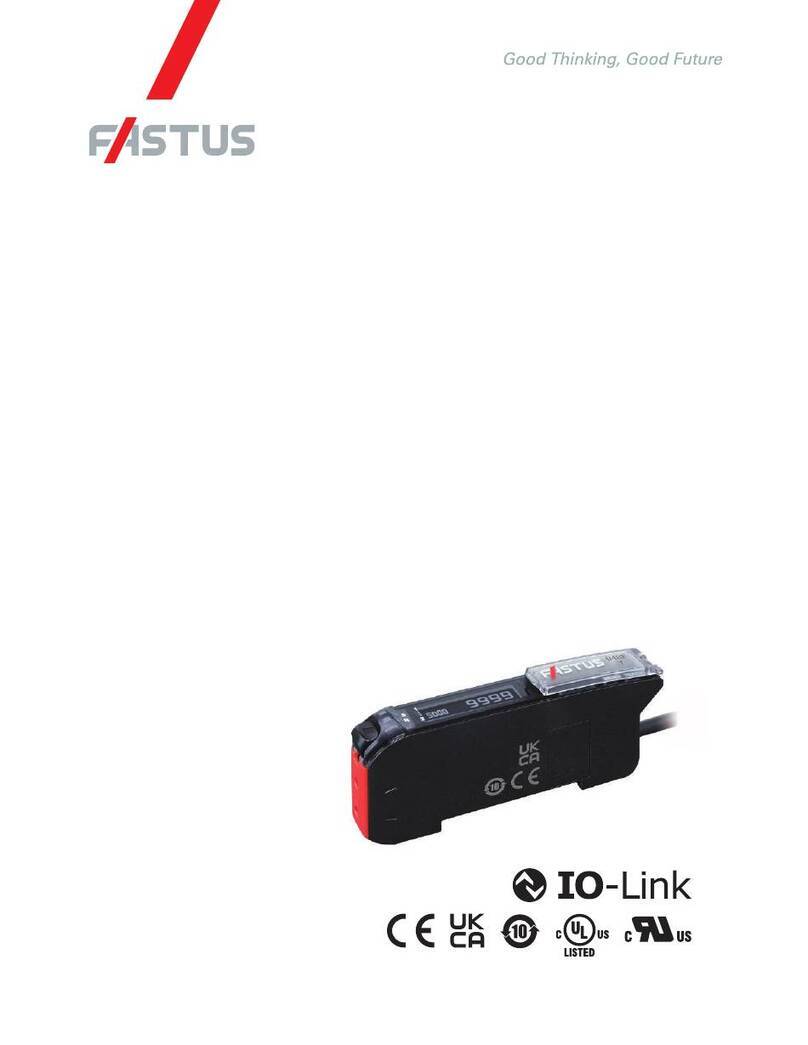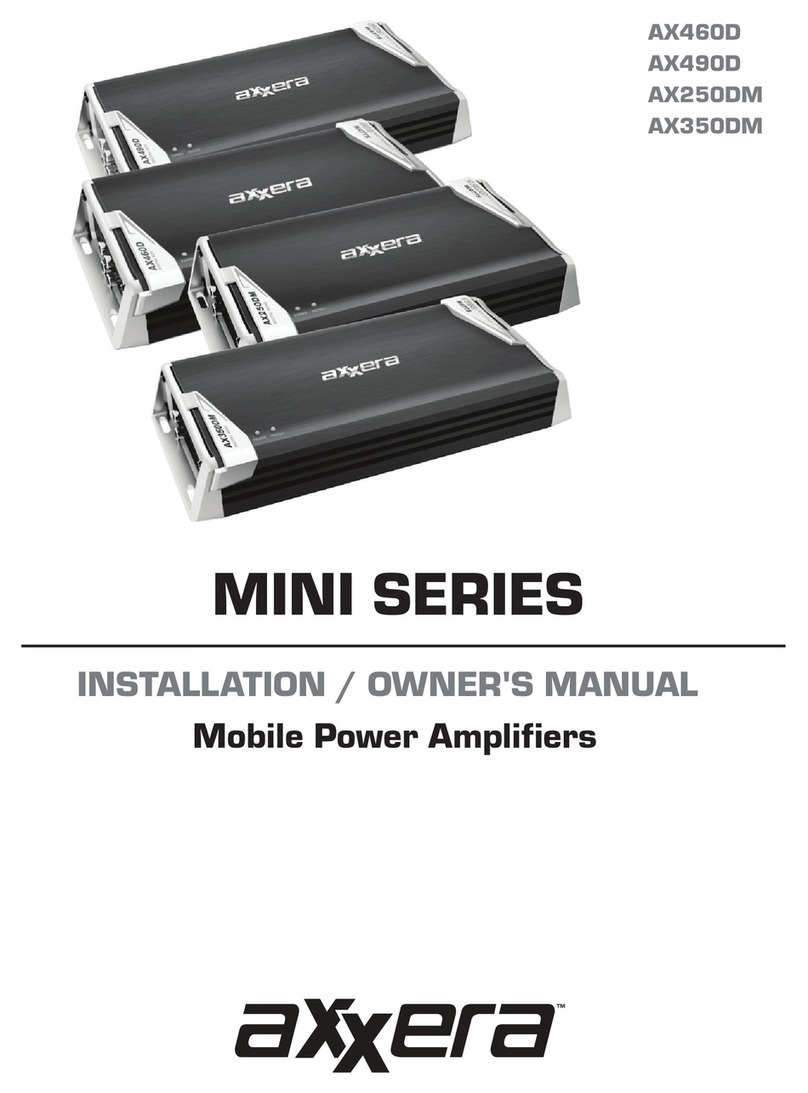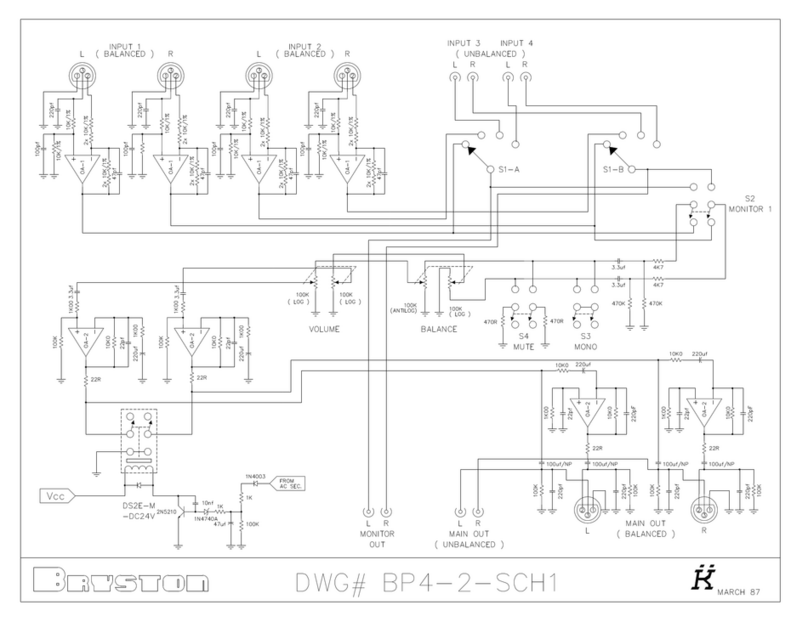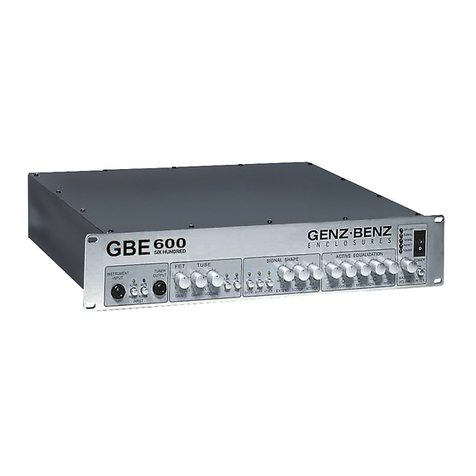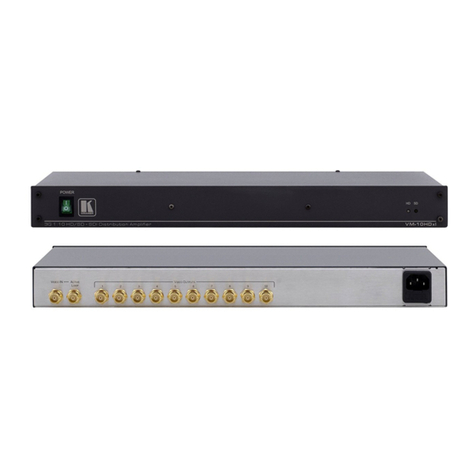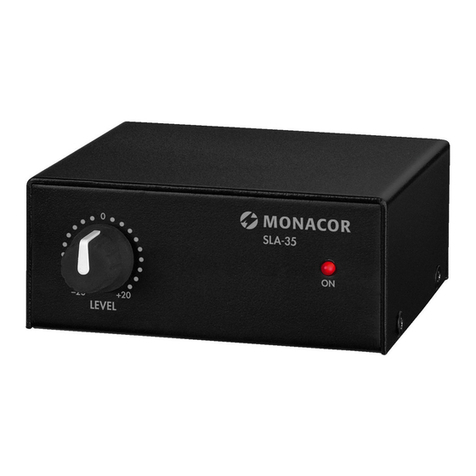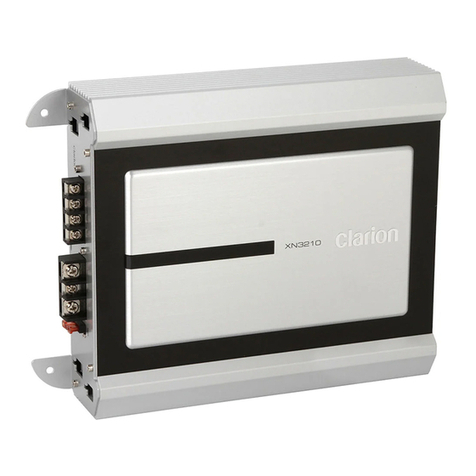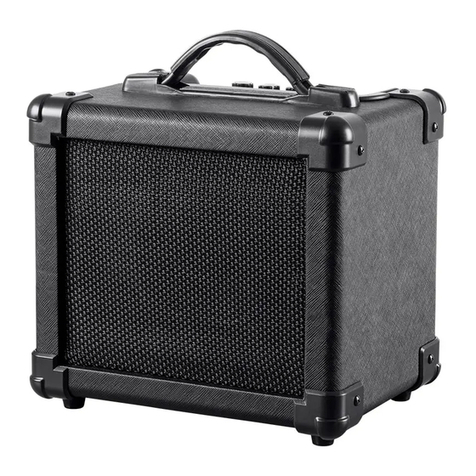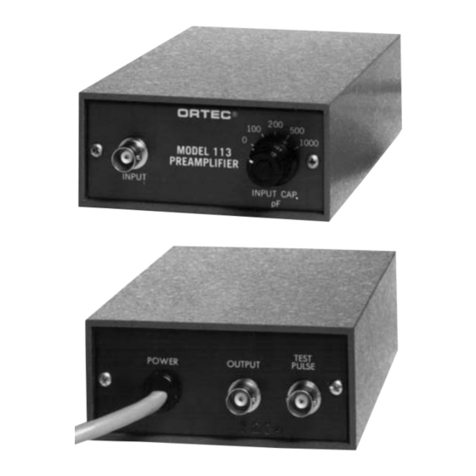Fastus D4RF Series User manual

https://www.optex-fa.com
The information in this user’s manual is correct as of July 2022
91 Chudoji-Awata-cho, Shimogyo-ku, Kyoto 600-8815 JAPAN
TEL. +81-75-325-1314 FAX. +81-75-325-2936
Attention: Not to be Used for Personnel Protection.
Never use these products as sensing devices for personnel protection. Doing so could lead to serious injury or death.
These sensors do not include the self-checking redundant circuitry necessary to allow their use in personnel safety applications.
A sensor failure or malfunction can cause either an energized or de-energized sensor output condition.
Please consult our distributors about safety products which meet OSHA, ANSI and IEC standards for personnel protection.
● Specifications are subject to change without prior notice.
● Specifications and technical information not mentioned here are written in Instruction Manual. Or visit our website for details.
● All the warnings and cautions to know prior to use are given in Instruction Manual.
D4RF_UM-E_001_2209
Digital Fiber Amplifier with IO-Link Interface D4RF Series User’s Manual OPTEX FA CO., LTD.
*FASTUS is a product brand of OPTEX FA.
Digital Fiber Amplifier
D4RF Series
User’s Manual
Before using this product, read this manual carefully.
Keep this manual at hand so that it can be used whenever necessary.
Store the manual in a secure location.
OPTEX FA CO., LTD.


i
Introduction
Introduction
Thank you for purchasing this Digital Fiber Amplifier D4RF Series.
This manual contains the information necessary for operating and configuring the D4RF Series.
Read this manual thoroughly before using the product to ensure correct use with full understanding of its
functions and performance. After you have finished reading this manual, store it safely for future reference.

ii Safety Precautions
Safety Precautions
Safety precautions for ensuring safe operation of this product are displayed as follows with the following
symbols.
Precautions listed here describe important information about safety. Make sure to follow them accordingly.
Safety Symbols
The safety precaution symbols used and their meanings are listed below.
Warning
Indicates that any improper operation or handling may result in moderate or minor injury,
and in rare cases, serious injury or death. Also indicates a risk of serious property
damage.
Caution
Indicates that any improper operation or handling may result in minor injury or property
damage.
Precautions
Warning
Do not disassemble, repair, modify, deform under pressure, or incinerate this product. Doing so
may cause injury or fire.
This product is not explosion-proof and should not be used around flammable or explosive gases
or liquids. Doing so may cause ignition resulting in an explosion or fire.
Do not use air dusters or any spray that uses flammable gas around the product or on the inside
of the product. Doing so may cause ignition resulting in an explosion or fire.
Do not install this product in any of the following locations. Doing so may cause a fire, damage,
or a malfunction.
1. Locations where dust, salt, iron powders, or vapor (steam) is present.
2. Locations subjected to corrosive gases or flammable gases.
3. Locations where oil or chemical splashes may occur.
4. Locations where heavy vibrations or impacts may occur.
5. Locations where the ambient temperature exceeds the rated range.
6. Locations subject to rapid temperature changes (or where condensation occurs).
7. Locations with strong electric or magnetic fields.
8. Outdoor locations or locations subject to direct sunlight.
This is a class A product. In a domestic environment this product may cause radio interference, in
which case the user may be required to take adequate measures.
This product is not intended for use with nuclear power, railways, aviation, vehicles, medical
equipment, food-handling equipment, or any application where particular safety measures are
required. Absolutely do not use this product for any of these fields.
This product cannot be used in applications that directly or indirectly detect human bodies for the
purpose of ensuring safety. Do not use this product as a detection device for protecting the
human body.

iii
Safety Precautions
Warning
What to do in the event of a malfunction such as smoke being emitted from the product
If you detect any malfunction including emission of smoke, abnormal smells or sounds, or the
product enclosure becoming very hot, immediately stop operating the product and turn off the
sensor power. Failure to do so may cause a fire. Repairing the product is dangerous and should
in no way be performed by the customer. Contact an OPTEX FA sales representative for repairs.
Caution
• Make sure to turn the power off before wiring the cable or connecting/disconnecting the connector. Connecting or
disconnecting while energized may damage the product or cause electric shock.
• Avoid using the transient state while the power is on (300 ms). Output could become unstable, causing unexpected
operation.
• Do not place wires with this product near a high voltage cable or power line. Doing so may cause malfunction or
damage by induction.
• Do not bend the cable when below the freezing point. This may cause the cable to break.
• Do not drop the product or subject the product to strong impacts. Doing so may damage the product.
• Follow the instructions in this manual or the specified instruction manual when wiring the product or the dedicated
controller for the correct wiring method. Incorrect wiring can damage the product or the controller, or cause a
malfunction.
• When disconnecting the connector, be careful not to touch the terminals inside the connector, and do not allow
foreign objects to enter the connector.
• Install this product as far away as possible from high-voltage equipment, power equipment, equipment that
generates large switching surges, inverter motors, welders, or any equipment that can be a source of noise.
• When connecting or disconnecting the cable, make sure to hold it by the connector portion, and do not apply
excessive force to the cable.

iv Expressions Used in This Manual
NOTICE
• After carefully considering the intended use, required specifications, and usage conditions, install and use
the product within the specified ranges.
• All specifications may be changed without notice.
• When using this product, it is the responsibility of the customer to ensure necessary safety designs in
hardware, software, and systems in order to prevent any threat to life, physical health, and property due to
product malfunction or failure.
• Do not use this product for the development of weapons of mass destruction, for military use, or for any
other military application. Moreover, if this product is to be exported, comply with all applicable export laws
and regulations, including the “Foreign Exchange and Foreign Trade Act” and the “Export Administration
Regulations,” and carry out the necessary procedures pursuant to the provisions therein.
• Before using this product, fully examine the applicable environmental laws and regulations, and operate
the product in conformity to such laws and regulations. OPTEX FA does not assume any responsibility for
damages or losses occurring as a result of noncompliance with applicable laws and regulations.
• Detection characteristics and digital display values may vary depending on the state of the target object
and variations among individual products.
Expressions Used in This Manual
This section explains the expressions used in this manual.
CAUTION
Indicates an item that requires special attention during use.
MEMO
Indicates information that is useful to know during use.

v
Manual Composition
Manual Composition
This manual is composed of the following contents.
1. Read This First This section explains the package contents of the D4RF (hereinafter
referred to as this product) and the names of its parts.
2. Installation and
Connection This section explains how to install and wire this product.
3. Basic Usage
This section explains the necessary functions when using this
product.
• Display screens and operating procedures
• Parameters that must be set first
• Useful and frequently used functions
4. Settings Menu This section explains the setting parameters of this product in menu
order.
5. Troubleshooting This section explains how to respond to error displays and trouble.
6. Appendix This section explains the specifications of this product and other
information.
1
2
3
4
5
6

vi Contents
Contents
Introduction .......................................................................................................................... i
Safety Precautions ............................................................................................................. ii
Expressions Used in This Manual ..................................................................................... iv
Manual Composition ........................................................................................................... v
1 Read This First
1-1 Package Contents .............................................................................................. 1-2
1-1-1 Options ............................................................................................ 1-2
1-2 Part Names ........................................................................................................ 1-3
1-2-1 Sensor Amplifier .............................................................................. 1-3
1-2-2 Display and Operation Section ....................................................... 1-3
2 Installation and Connection
2-1 Installation .......................................................................................................... 2-2
2-1-1 Mounting the Fiber Unit ................................................................... 2-2
2-1-2 Attaching to/Removing from a DIN-rail ........................................... 2-3
2-1-3 Mounting on a Wall ......................................................................... 2-3
2-1-4 Installing Inter-connection Main/Expansion Units ........................... 2-4
2-2 Wiring the Fiber Amplifier ................................................................................... 2-5
2-2-1 I/O Circuit Diagrams in IO-Link Mode ............................................. 2-6
2-2-2 I/O Circuit Diagrams in SIO Mode (Standard I/O Mode) ................. 2-7
3 Basic Usage
3-1 Display Screens .................................................................................................. 3-2

vii
Contents
3-1-1 Screen Types .................................................................................. 3-2
3-1-2 Operations on the Setting Screen ................................................... 3-3
3-2 Setup on First Startup ......................................................................................... 3-4
3-3 Detection Method ............................................................................................... 3-5
3-4 Setting the Threshold (Teach Function) .............................................................. 3-7
3-4-1 Threshold ........................................................................................ 3-7
3-4-2 Teach Mode .................................................................................... 3-9
3-4-3 1 point ........................................................................................... 3-10
3-4-4 2 points ......................................................................................... 3-13
3-4-5 Auto ............................................................................................... 3-16
3-4-6 Through ......................................................................................... 3-19
3-4-7 1-point Zone .................................................................................. 3-21
3-4-8 2-point Zone .................................................................................. 3-24
3-5 Manual Adjustment of the Threshold ................................................................ 3-27
3-6 Shortcut Function ............................................................................................. 3-29
3-6-1 Received Light Amount Display Modes ........................................ 3-29
3-6-2 Switching to the Hold Display ....................................................... 3-30
3-6-3 Lock Function ................................................................................ 3-31
3-6-4 Switching the Display between Output 1 and 2 ............................ 3-33
3-7 Frequently Used Functions ............................................................................... 3-34
3-7-1 [S1] Output Mode (N.O./N.C.) ....................................................... 3-35
3-7-2 [S3] Response Time ...................................................................... 3-37
3-7-3 [P2] Hold Display .......................................................................... 3-40
3-7-4 [P9] Stretch Mode ......................................................................... 3-45
3-7-5 [S7] - [D2] Threshold Mode “Edge height” .................................... 3-47
3-7-6 [SC] Reset ..................................................................................... 3-57
4 Settings Menu
4-1 List of Setting Options ........................................................................................ 4-2

viii Contents
4-2 [S1] Output mode (N.O./N.C.) ............................................................................ 4-5
4-3 [S3] Response time ............................................................................................ 4-6
4-4 [S4] Timer ........................................................................................................... 4-7
4-5 [S6] Display ........................................................................................................ 4-9
4-5-1 [S6] - [P1] Display mode ................................................................. 4-9
4-5-2 [S6] - [P2] Hold display ................................................................. 4-11
4-5-3 [S6] - [P3] Brightness .................................................................... 4-11
4-5-4 [S6] - [P4] Rotate display .............................................................. 4-11
4-5-5 [S6] - [P5] Invert display ................................................................ 4-12
4-5-6 [S6] - [P6] Alarm display ................................................................ 4-12
4-5-7 [S6] - [P7] Zeroing ......................................................................... 4-13
4-5-8 [S6] - [P8] Eco mode ..................................................................... 4-13
4-5-9 [S6] - [P9] Stretch mode ................................................................ 4-13
4-5-10 [S6] - [PA] Language ..................................................................... 4-14
4-6 [S7] Detection ................................................................................................... 4-15
4-6-1 [S7] - [D1] Hysteresis .................................................................... 4-15
4-6-2 [S7] - [D2] Threshold mode ........................................................... 4-16
4-6-3 [S7] - [D3] APC .............................................................................. 4-17
4-6-4 [S7] - [D4] ASC .............................................................................. 4-17
4-6-5 [S7] - [D5] Emitter power ............................................................... 4-18
4-6-6 [S7] - [D6] Counter ........................................................................ 4-19
4-6-7 [S7] - [D7] Set count ...................................................................... 4-21
4-6-8 [S7] - [D8] Edge direction .............................................................. 4-21
4-6-9 [S7] - [D9] Edge offset ................................................................... 4-22
4-6-10 [S7] - [DA] Edge hys. .................................................................... 4-22
4-7 [S8] I/O ............................................................................................................. 4-24
4-7-1 [S8] - [O1] I/O polarity ................................................................... 4-24
4-7-2 [S8] - [O2] Pin 2 setting ................................................................. 4-25
4-7-3 [S8] - [O3] Pin 5 setting ................................................................. 4-26
4-7-4 [S8] - [O4] Pin 2 setting ................................................................. 4-26
4-7-5 [S8] - [O5] Lock mode ................................................................... 4-27
4-7-6 [S8] - [O6] Preset setting ............................................................... 4-27

ix
Contents
4-7-7 [S8] - [O7] Load preset .................................................................. 4-28
4-8 [S9] Information ................................................................................................ 4-29
4-9 [SA] All devices ................................................................................................. 4-30
4-9-1 [SA] - [A1] Copy to all .................................................................... 4-30
4-9-2 [SA] - [A2] Zeroing all .................................................................... 4-30
4-9-3 [SA] - [A3] Zero reset all ................................................................ 4-31
4-9-4 [SA] - [A4] Set reset all .................................................................. 4-31
4-9-5 [SA] - [A5] Fct. reset all ................................................................. 4-31
4-9-6 [SA] - [A6] All teach ....................................................................... 4-31
4-10 [SC] Reset ........................................................................................................ 4-32
5 Troubleshooting
5-1 Error Displays ..................................................................................................... 5-2
5-2 Errors and Countermeasures ............................................................................. 5-4
6 Appendix
6-1 Specifications ..................................................................................................... 6-2
6-1-1 Sensor Amplifier Specifications ....................................................... 6-2
6-1-2 Dimensions ..................................................................................... 6-4
6-2 Index List ............................................................................................................ 6-7
6-2-1 Communication Specifications ........................................................ 6-7
6-2-2 Process Data Format ...................................................................... 6-7
6-2-3 Service Data ................................................................................... 6-8
6-2-4 Events ........................................................................................... 6-13
6-3 Initial Settings List ............................................................................................. 6-14


1
Read This First
This section explains the accessories and the names of this product’s parts.

1-2 Package Contents
1-1 Package Contents
Before using this product, confirm that all of the following are contained in the package.
If you find a defective or damaged item, contact OPTEX FA (with the information at the back of this userʼs
manual).
1-1-1 Options
Straight connector cable (required for connector
models)
• M84CN-2S: 2 m
• M84CN-5S: 5 m
• M84CN-10S: 10 m
Minimum bending radius (Stationary position):
24 mm
End plate
• BEF-EB01-W190
(2 piece set)
Instruction manualMounting bracketFiber amplifier

1-3
1
Read This First
Part Names
1-2 Part Names
1-2-1 Sensor Amplifier
S
R2
1
R
S
Cable length: 2 m, ø4.0
M8 4-pin plug
connector
Cable models
Connector (Only on main unit
and expansion units)
Fiber
insertion
holes
Connector
models
Lock lever
Interface cover
Setting keys
OLED display
1-2-2 Display and Operation Section
S
R
1
2
1 2 6
743
598
No. Name Description
①Lock lever Locks and releases the fiber unit.
②Output 1 indicator (orange) Illuminates in orange when output 1 is ON.
③Power indicator (green) Illuminates in green when the power is turned on, and blinks during IO-Link
communication.
④Output 2 indicator (orange) Illuminates in orange when output 2 is ON.
⑤Fiber insertion indicator Indicates the insertion status of the fiber unit.
⑥OLED display Displays the present value and threshold of the received light amount and the
parameters during setting.
⑦Selection keys (+/- keys) Manually adjusts the threshold, and select menu during setting.
⑧OK/MENU key Selects a setting menu and sets the parameters.
⑨ESC/TEACH key Performs teach and exits menus during setting.

1-4 Part Names

2
Installation and Connection
This section explains how to install and wire this product.

2-2 Installation
2-1 Installation
2-1-1 Mounting the Fiber Unit
①Slide the lock lever down.
②Insert the fiber wires in the holes to the end.
S
R
1
2
S
R
1
2
2
1
3
③Raise the lock lever to the stop position.
How to Use the Fiber Adapter (Included with the Thin Fiber
Units)
①Turn the adapter cap fully counterclockwise to
unlock, and then align the ends of the adapter
pipe and fiber. Turn the cap fully clockwise to
lock the adapter.
②Cut the fiber to the desired length, using the fiber
cutter included with the free-cut fiber unit.
When inserted correctly, the
fiber insertion indicators will
turn from white to black.
Fiber insertion indicators (White)
Check that the fibers are inserted correctly with the
fiber insertion indicators.
1
2
Adapter cap
Thin diameter fiber
Cutting position
(Adapter end surface)

2-3
1
2
Installation and Connection
Installation
2-1-2 Attaching to/Removing from a DIN-rail
Installing the Amplifier
①Place the groove on the side of the fiber unit
holes on the DIN-rail.
②Press down until the hook locks.
Removing the Amplifier
①Push the amplifier toward the side of the fiber
unit holes.
②Lift up the side of the fiber unit holes and remove
it.
2-1-3 Mounting on a Wall
Attach the mounting bracket to the amplifier, using the same method as for mounting on a DIN rail, and then
fix the mounting bracket on the wall using two M4 screws, as shown on the drawings below.
2
1
1
2
Mounting bracket

2-4 Installation
2-1-4
Installing Inter-connection Main/Expansion Units
1. Mount each amplifier on the DIN-rail.
2. Slide the expansion unit and connect it to the inter-connection connector on the main unit.
3. Use the end plates on both sides to secure the amplifiers.
CAUTION
• Be sure to turn off the power before performing this work.
• When connecting amplifier units, be sure to use a DIN-rail and end plates.
• To operate inter-connection main and expansion units, make sure that the ambient temperature is within the
specified range.
• To prevent a short circuit on the connector, be sure to attach the protective cover to the connector that is not in use.
• Do not remove amplifiers from the DIN-rail while connected.
End plate
(BEF-EB01-W190)
Connector
Main unit
Protective cover
Expansion unit
Other manuals for D4RF Series
1
This manual suits for next models
9
Table of contents
Other Fastus Amplifier manuals
Popular Amplifier manuals by other brands
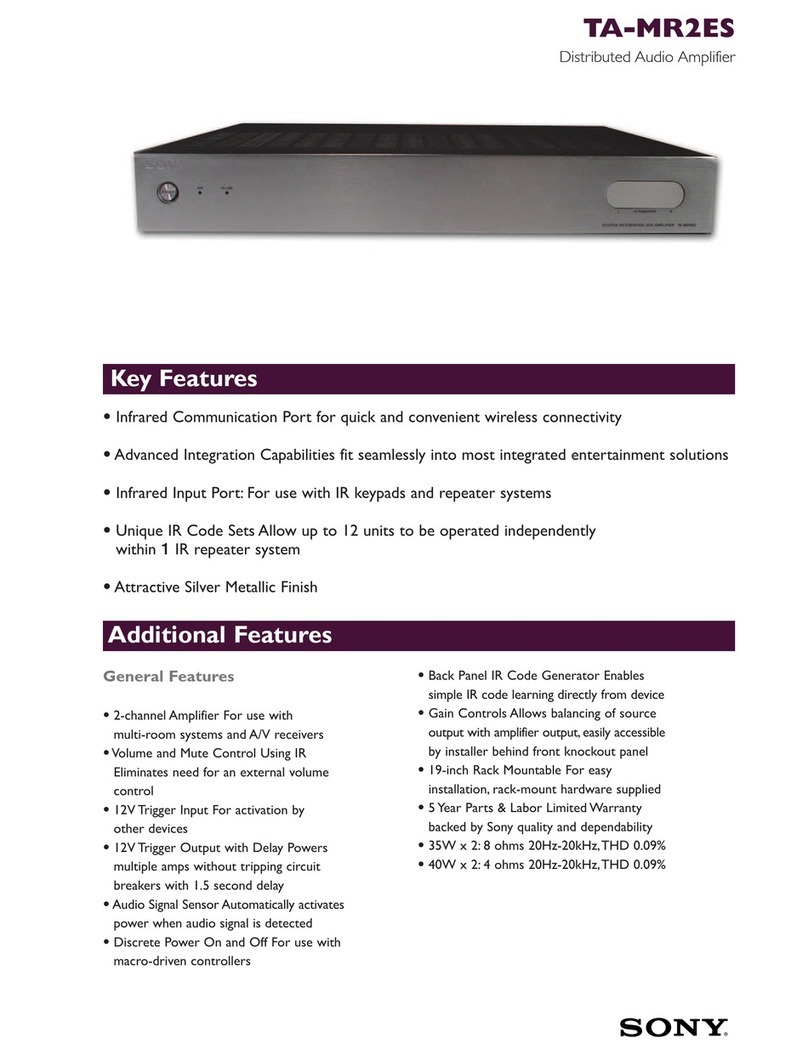
Sony
Sony TA-MR2ES - 2 Channel Amplifier Specification sheet

YORKVILLE
YORKVILLE AP1020 owner's manual

Summit Audio
Summit Audio TLA-50 Operation manual
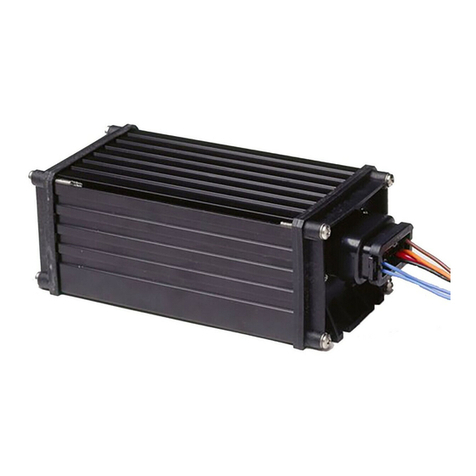
Whelen Engineering Company
Whelen Engineering Company WPA112 installation guide
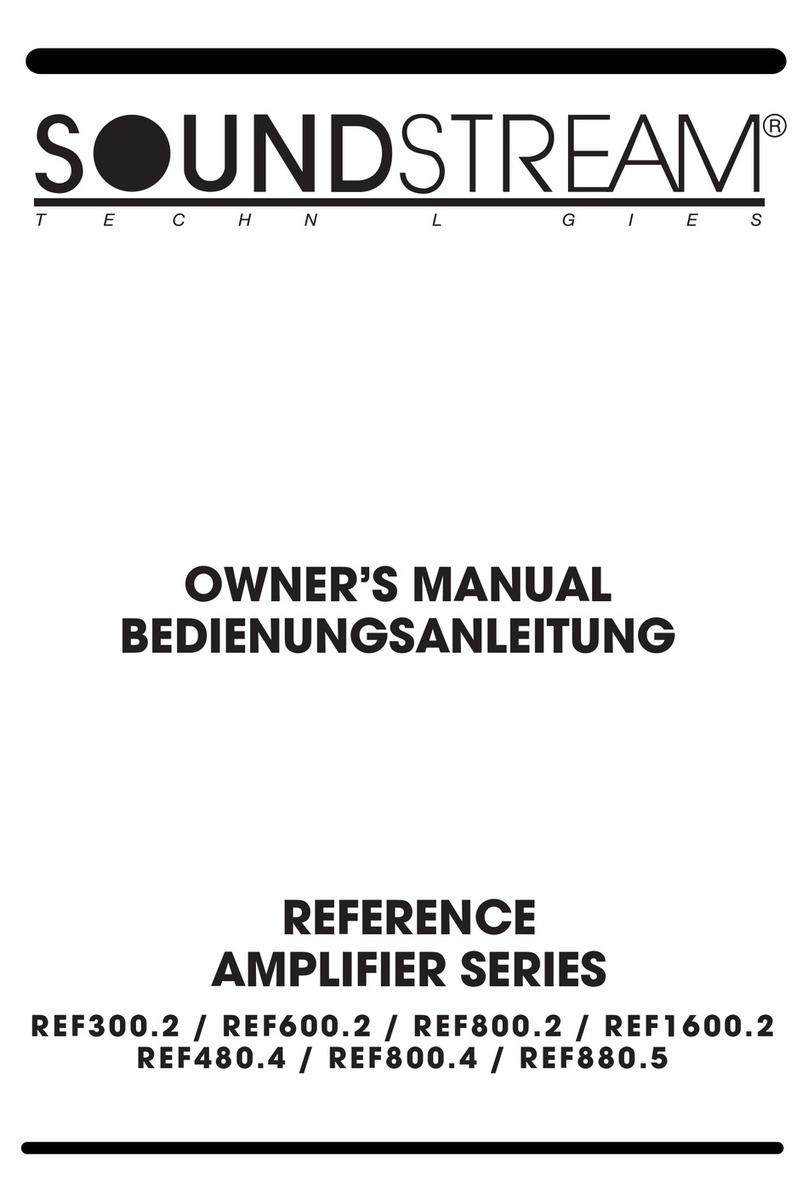
Soundstream
Soundstream REF300.2 owner's manual
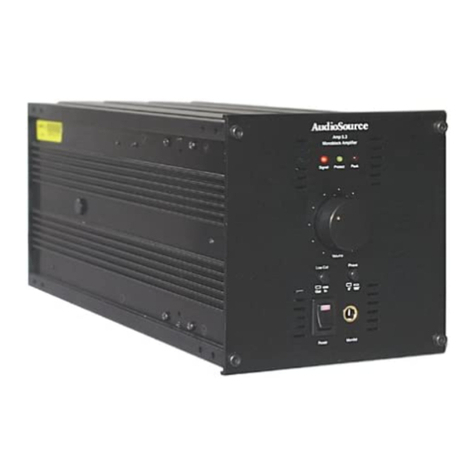
AudioSource
AudioSource Amp Five owner's manual
